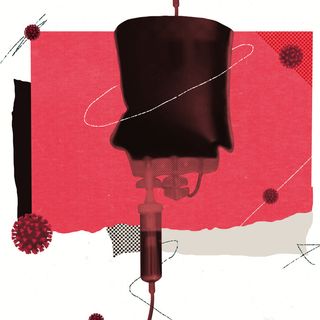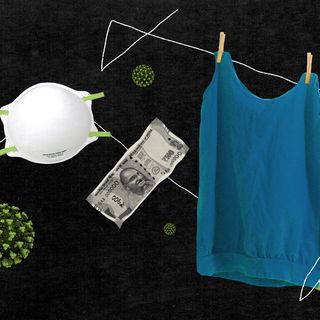There are three kinds of smoke that have varying levels of detrimental effects people who are exposed: first-hand smoke that arises from smoking cigarettes, secondhand smoke that involves inhaling other people’s smoke, and finally, thirdhand smoke that lingers in the room, on walls, clothes and other surfaces where someone has smoked. Scientists have found the third type to be a potential health hazard for non-smokers, especially children, in a new study.
According to Respiratory Health Association, thirdhand smoke lingers long after secondhand smoke has dissipated, sometimes, it can linger even for years.
Where is thirdhand smoke found?
Thirdhand smoke can linger on clothing, flooring, furniture, toys, vehicles and even walls.
Related on The Swaddle:
How Secondhand Smoke Is Harmful In the Long and Short Term
Why is thirdhand smoke harmful?
Children are most likely to be affected by thirdhand smoke because their developing brain is susceptible to even extremely low levels of toxins, explained pediatrician Jonathan Winickoff at Boston’s Dana–Farber/Harvard Cancer Center to Scientific American. In addition to that, they’re also closer to surfaces such as floors, tend to touch or put their mouths to contaminated surfaces, and hence more likely to be affected from thirdhand smoke. Children also ingest twice the amount of dust grown-ups do due to faster respiration and dusty surfaces. This, according to Dr. Winickoff, is 20 times more exposure to thirdhand smoke compared to adults.
According to Mayo Clinic, children exposed to thirdhand smoke are more vulnerable to getting asthma, ear infections, and pneumonia later in life.
Infants are also at risk of getting affected by thirdhand smoke. Exposure to smoke is one of the biggest risk factors for sudden infant death syndrome or SIDS, which is defined as unexplained death, usually during sleep, of a seemingly healthy baby less than a year old. Infants exposed to thirdhand smoke are also likely to suffer from respiratory problems growing up.
Are adults at risk from thirdhand smoke?
Although adults are also likely to touch surfaces or be in places where smoking has occurred earlier, which puts them at risk of developing health conditions such as respiratory problems, Winickoff says, the risk is slightly less than it is for children. And he adds, that shouldn’t mean they can take thirdhand smoke easily or ignore it.
Are pregnant women at risk from thirdhand smoke?
It is possible for thirdhand smoke to affect an unborn baby. “Whether you breathe in or touch surfaces with chemical residue, you’re at risk of taking in toxins from the smoke into your bloodstream. This can then transfer over to the fetus,” Healthline states. And smoking during pregnancy may increase the risk of a baby developing SIDS.
How can one avoid contact with thirdhand smoke?
Washing all clothing, bedding, linens and cleaning surfaces regularly to get rid of smoke residue, gases, particulate matter including carcinogens and heavy metals such as arsenic and lead is the only possible way of minimizing danger from thirdhand smoke.




